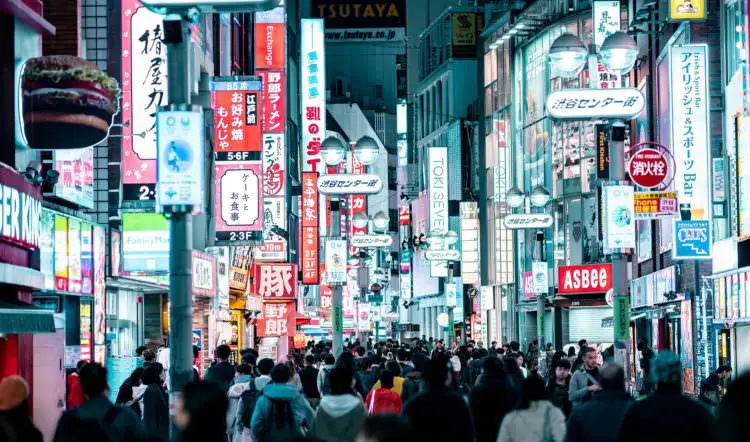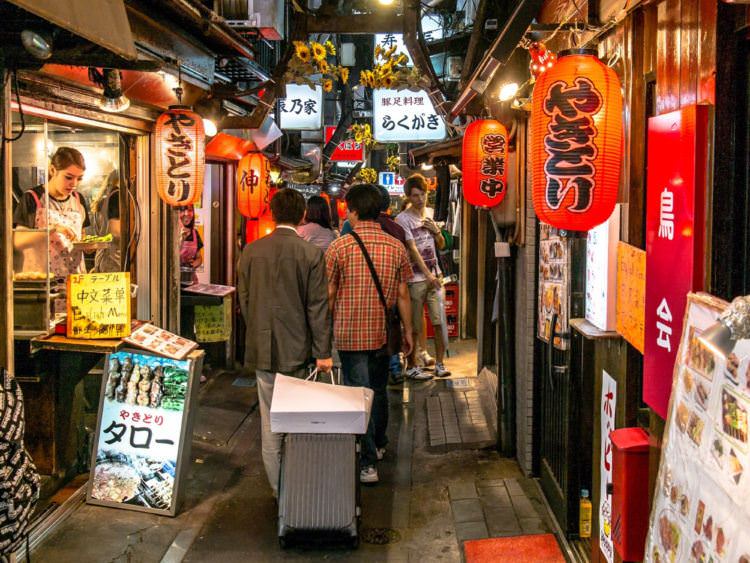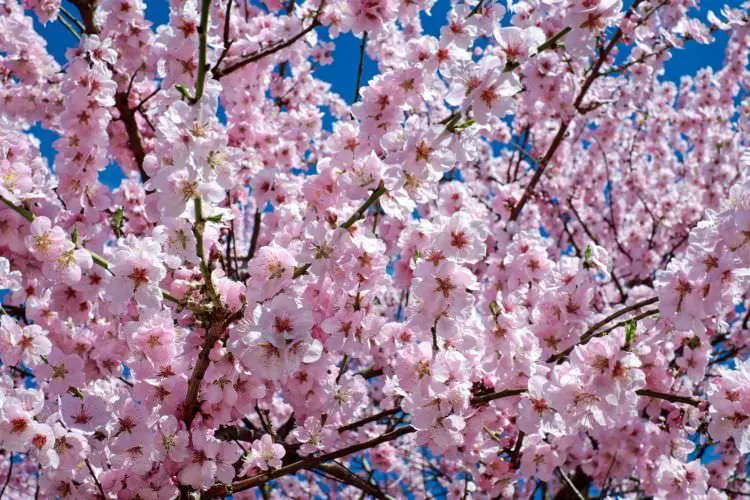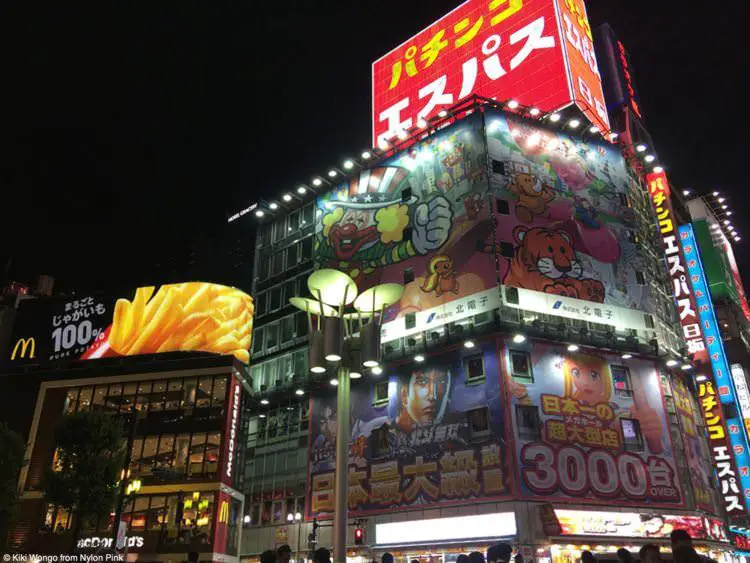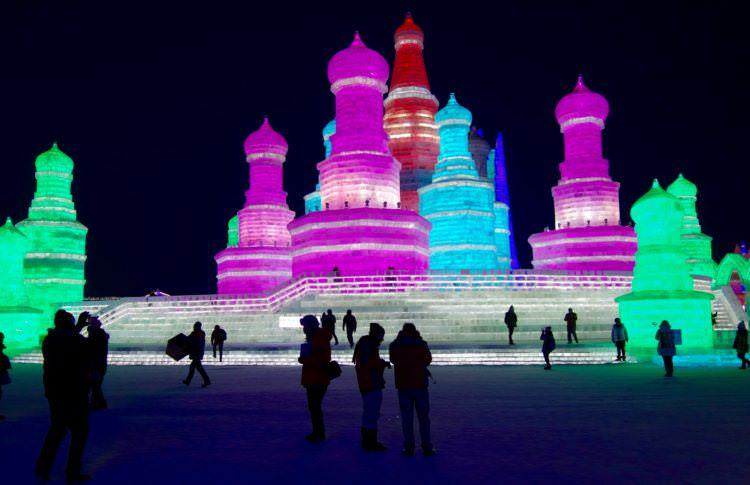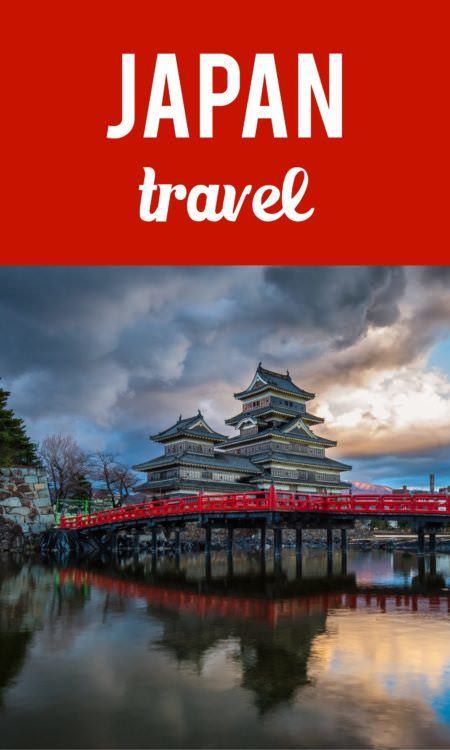
Ah, Japan. The place where tropical white-sand beaches, thousands of years of culture and tradition, and snow to die for if you’re a seasoned snowboarder or skiier, meet in one country. And there’s plenty more where that came from: think festivals, manga, food, and bullet trains. Think unique and you’re getting there…
So what’s so unique about travel in Japan? Well, like Britain, it’s an island nation. The country has four main islands: Honshu, Hokkaido, Kyushu, and Shikoku. It has no immediate bordering neighbours and, in fact, was cut off from the rest of the world for a period of over 200 years from 1635 until July 8, 1853. As a result, tradition and culture are an essential part of Japanese life and, as a visitor, this gives you the chance to experience some spectacular festivals and local events that are truly different to anything you’ll see elsewhere. It also gives you the opportunity to experience a way of life that is deeply rooted in respect — which also means it’s one of the safest places you can travel.
If you’re a sun-worshipper, snorkeller, diver, or salt-water fisher, consider heading south to the islands of Okinawa. The waters here are some of the most beautiful in the world, with fish in all colours and sizes. In contrast, Hokkaido to the north provides the famous Sapporo snow festival along with some of the best powder snow if you’re a winter-sports fanatic.
Discover more Japan Travel Ideas
- Japan travel hub
- Japan tours and trips
- How to plan a trip to Japan
- Bullet trains and cherry blossoms: the Japan podcast
- How to celebrate the Cherry Blossom Festival in Japan
Tokyo
Osaka
Then of course there’s Honshu, home to Tokyo, Kyoto, Osaka, Yokohama, and Hiroshima. Mount Fuji also lives here, along with Miyajima temple with its torii in the sea, and Kinkakuji, the golden temple. Connecting all of these is the iconic bullet train or shinkansen — a ride on this super-fast mode of public transport should definitely be on your Japan agenda.
City focus: Tokyo
Tokyo has been the capital of Japan since 1869 and it’s a city that’s all about the experience. It doesn’t have the traditional beauty of Kyoto, but it has a life and character of its own that shouldn’t be missed. It’s not something you see; it’s something you feel. There’s a vibrant undercurrent that touches everything that goes on here — a pace and rhythm of life that makes Tokyo so different.
What should you do in Tokyo? There’s plenty to choose from. Check out Asakusa, the oldest part of the city, and take a stroll around Sensoji Temple and Nakamise Dori shopping street. Go to the Miraikan, the future-science museum at Odaiba, for a look at what technology will look like in the not-too-distant future, and to see Asimo and other robots in full swing. Or hit the backstreets in the suburbs and explore a local shotengai (high street), for a more local take on life.
Getting to and from Japan
There are a number of airports around Japan but the most frequently used by visitors to the country are Tokyo’s Narita Airport and Kansai Airport in Osaka. There is also a new arrival on the scene in the form of Tokyo’s Haneda Airport which opened its international terminal in October 2010.
If you’re flying into Tokyo and you have the choice of a flight to Narita or a fight to Haneda, choose the Haneda option. Why? Haneda is only about 20 minutes away by train from the very heart of the city. Contrast this with Narita which is actually located in the next prefecture, Chiba, and is around 60km away, and you get the picture.
If you’re visiting Kyushu island in the south of Japan then you’ll likely be flying into Fukuoka airport although you may well be on an indirect flight via Narita or Kansai. The New Chitose airport in Sapporo, Hokkaido, also handles a few international flights but again, most flights here will be indirect.
For most travellers to Japan a visa is not required although you should always check before booking your flight.
Japan travel resources
Book accommodation in Japan and travel insurance for Japan through us — we love it when you do that!
Check out our Japan podcast or browse the articles below.
This page by Honor Dargan.

